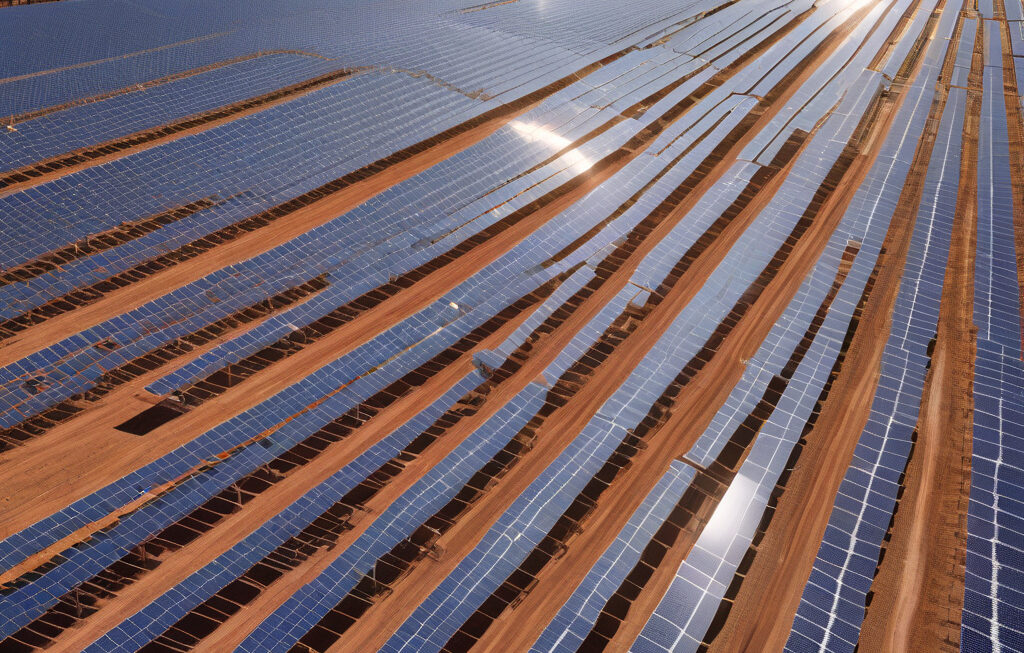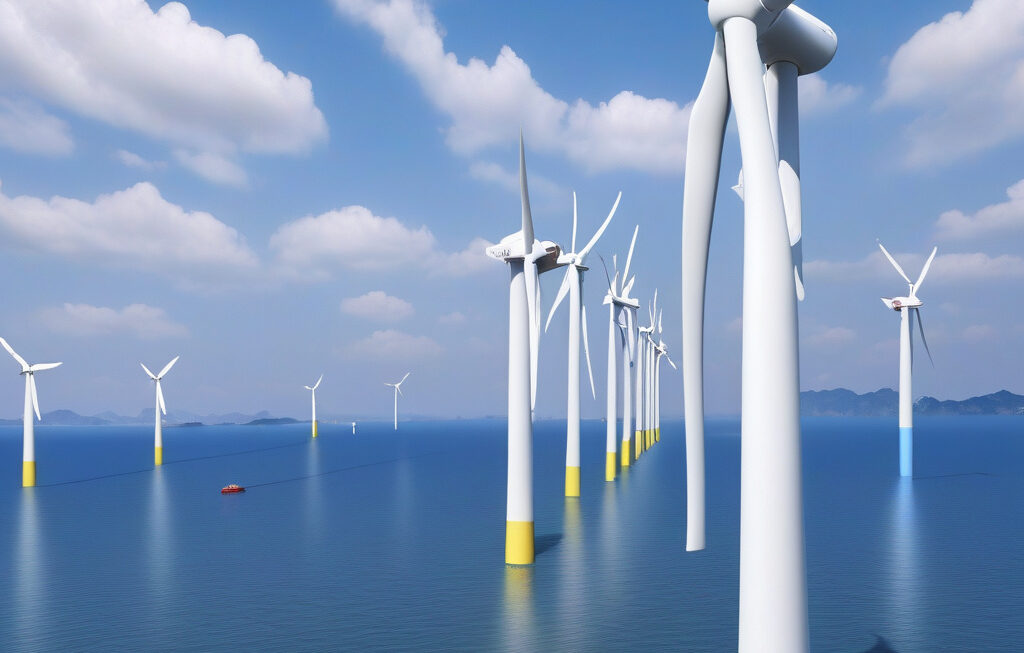Former Nuclear Site Transformed into 800 MWh Giant Battery Powering 100,000 Homes
A former nuclear power generation site in Philippsburg is slated to host one of the most innovative energy projects of recent times. The transformation of this site into an 800 MWh giant battery promises to revolutionize the way we think about energy storage and distribution. With the capacity to power 100,000 homes, this project is not only a testament to the power of sustainable technology but also a beacon of hope for a greener future.
The decision to repurpose a nuclear site for renewable energy storage is a significant milestone in the transition towards cleaner energy sources. By utilizing the existing infrastructure of the site, developers were able to minimize costs and environmental impact while maximizing efficiency. This innovative approach sets a precedent for future projects looking to repurpose outdated energy facilities for the greater good.
The 800 MWh battery installed at the Philippsburg site is a marvel of modern engineering. Using state-of-the-art lithium-ion technology, the battery is capable of storing excess energy generated by renewable sources such as wind and solar. This stored energy can then be released during peak hours when demand is high, effectively balancing the grid and reducing the need for traditional fossil fuel power plants.
One of the most compelling aspects of this project is its scale. With the capacity to power 100,000 homes, the Philippsburg battery sets a new standard for energy storage projects around the world. By providing a reliable source of clean energy to such a large number of households, this project demonstrates the immense potential of sustainable technology to meet the energy needs of entire communities.
In addition to its environmental benefits, the Philippsburg battery project also has significant economic implications. By creating a new market for energy storage services, the project has the potential to generate revenue and create jobs in the local community. The repurposing of the former nuclear site has breathed new life into the area, transforming it into a hub of innovation and sustainable development.
As we look towards a future powered by renewable energy, projects like the one in Philippsburg serve as a reminder of the boundless potential of human ingenuity. By thinking creatively and harnessing the power of technology, we can overcome the challenges of climate change and build a more sustainable world for future generations. The transformation of a former nuclear site into an 800 MWh giant battery is not just a symbol of progress; it is a testament to our ability to adapt and thrive in an ever-changing world.
In conclusion, the repurposing of the Philippsburg nuclear site into a giant battery is a shining example of innovation and sustainability in action. By leveraging existing infrastructure and cutting-edge technology, developers have created a project that not only addresses our energy needs but also paves the way for a cleaner, greener future. As we strive to reduce our reliance on fossil fuels and combat climate change, initiatives like this remind us that a brighter tomorrow is within reach.
energy, sustainability, innovation, technology, renewableenergy












